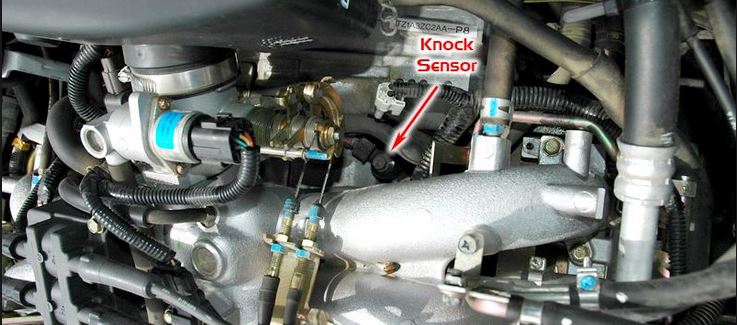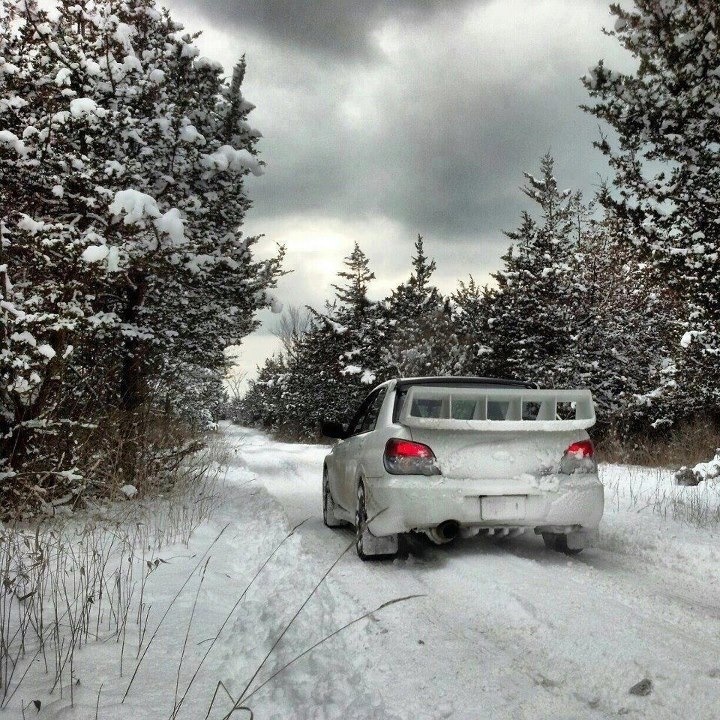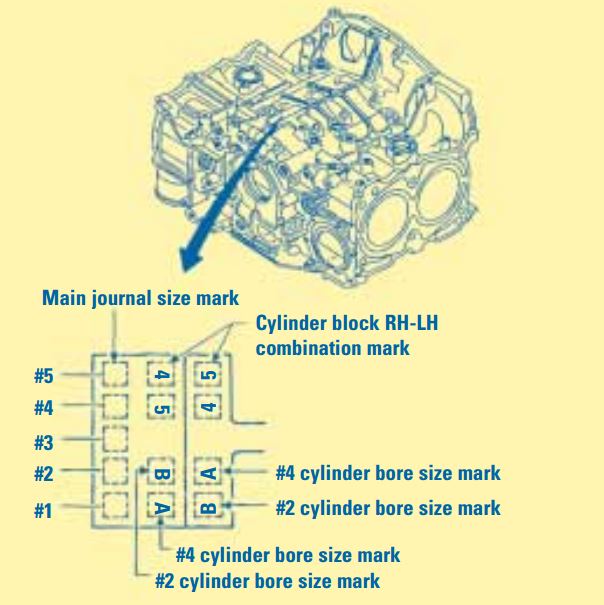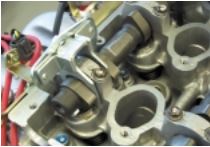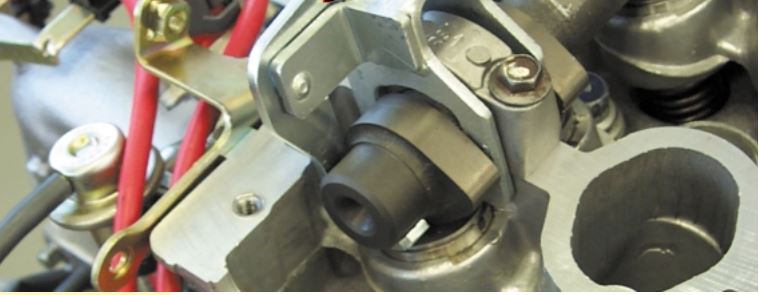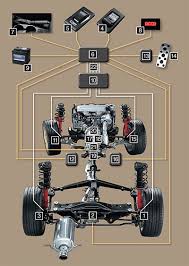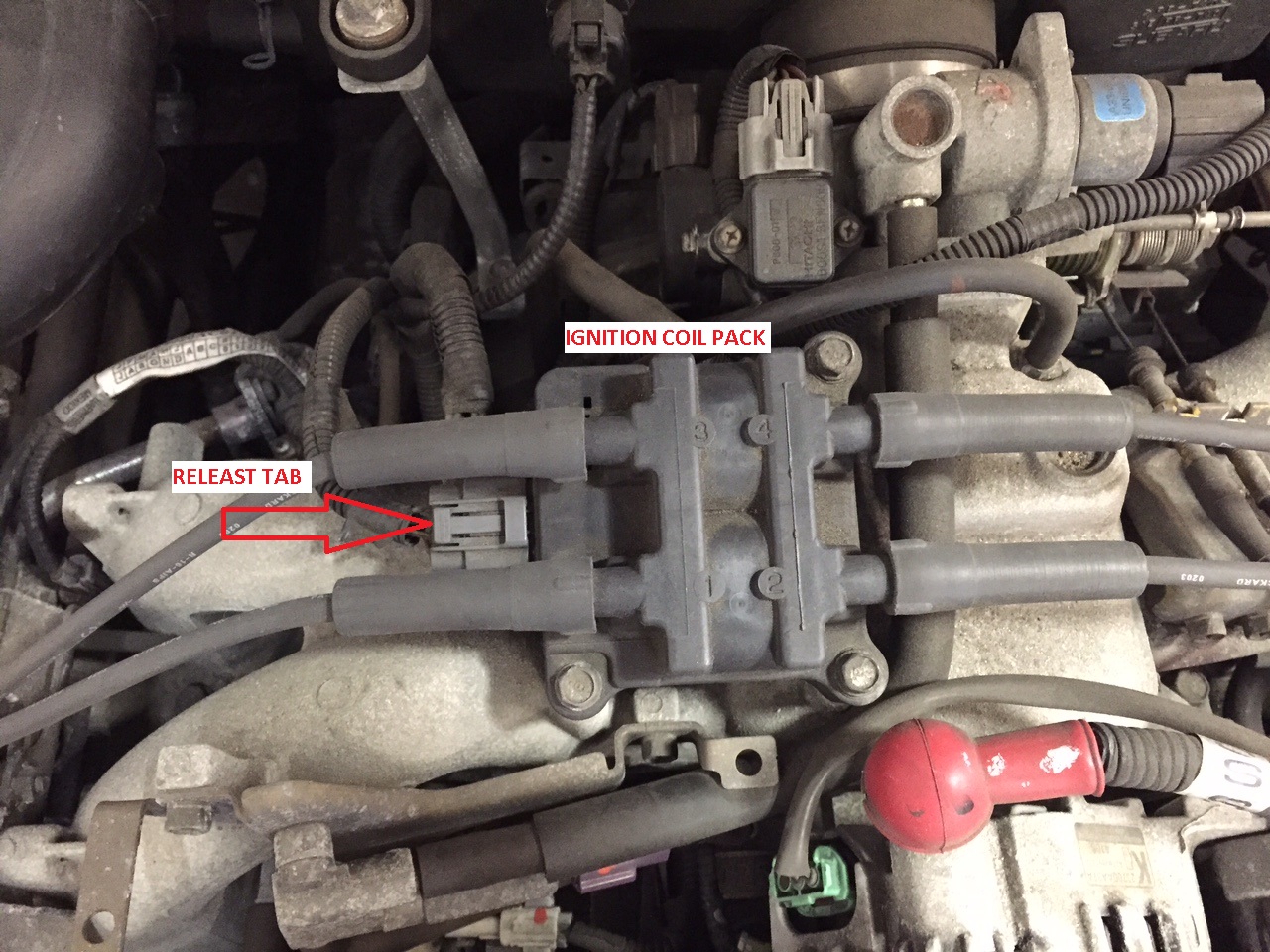Evaporative Emissions Testing Subaru:
A major component of the Subaru OBD-II system is the system’s ability to monitor the evaporative emissions system. Today’s vehicles are producing very low emissions from the tailpipe, so it has become increasingly important to monitor and contain emissions from other vehicle sources.
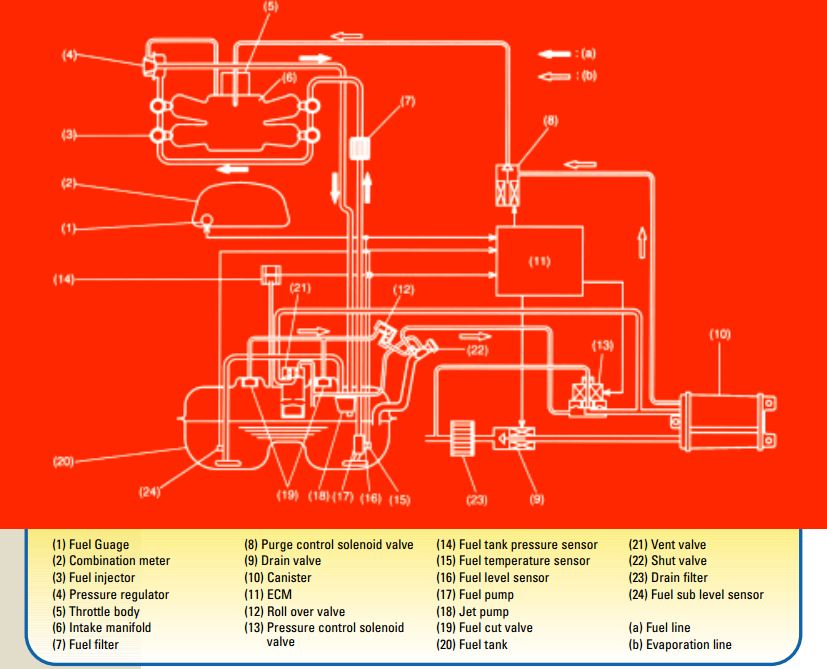
A potentially large source of emissions is the vehicle’s fuel system. If not properly contained, vapors escaping from the fuel tank could produce a larger quantity of harmful emissions while the vehicle was standing still than what would be emitted via the tailpipe when the engine was running and the vehicle was driving down the road.
The Subaru OBD-II system monitors the evaporative emissions system by drawing the system to a negative pressure. If the system holds vacuum, it passes the test. If the system fails to hold vacuum for the prescribed period, it fails and a diagnostic trouble code (DTC) P04440 is stored in the ECM memory. The malfunction indicator light (MIL) also comes on in the dash to alert the driver to the problem.
The charts that follow were collected through the data link connector using the New Select Monitor (NSM), during the diagnosis of a DTC P0440 on a 1997 Subaru Legacy 2.5 liter. We’ll begin with a description of system operation under normal operating conditions.

